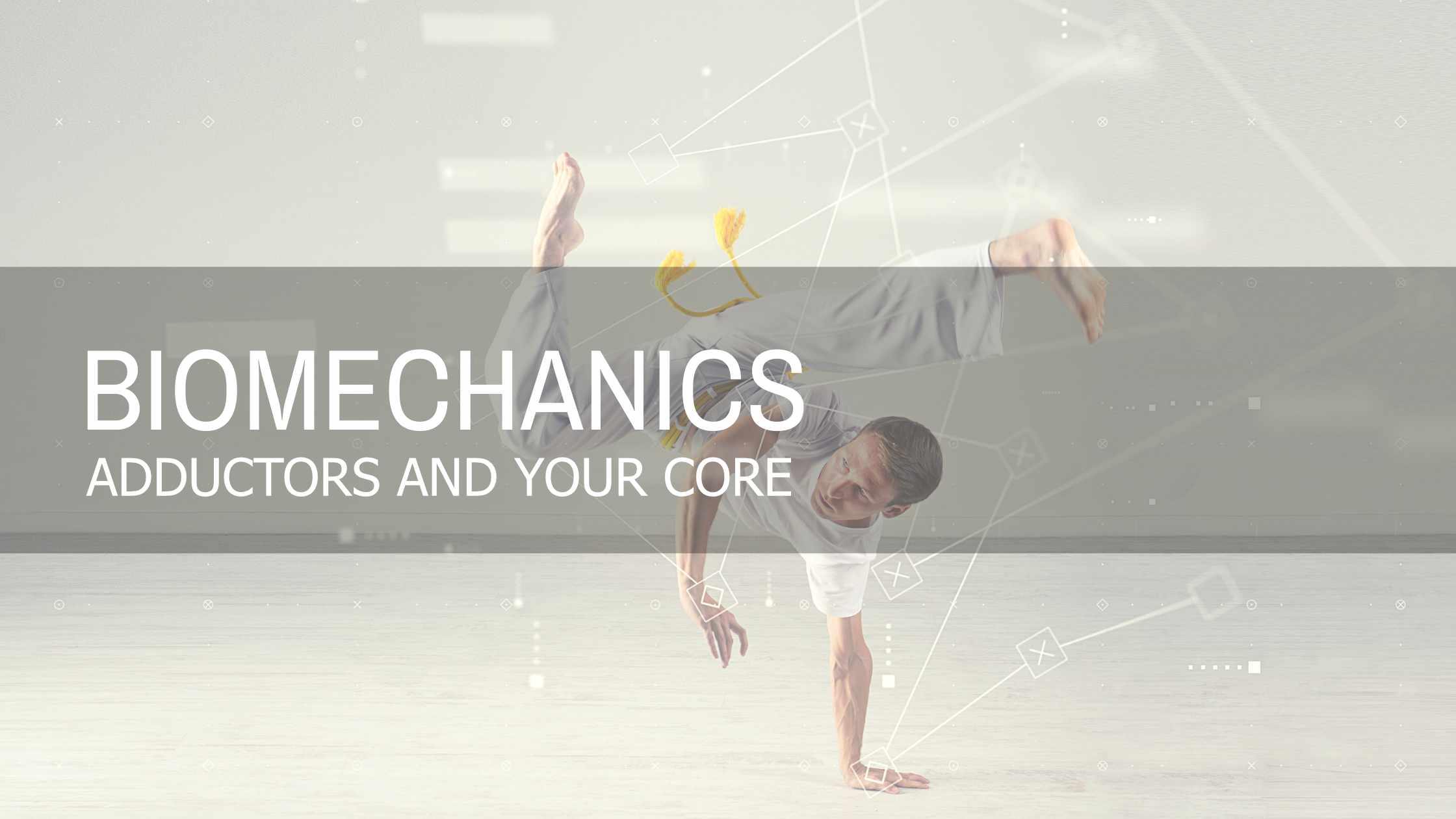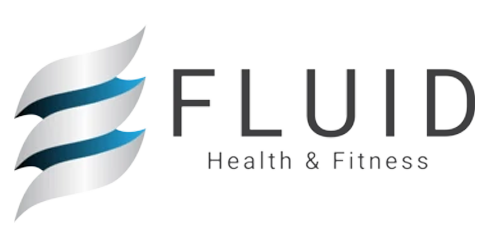
Apr 16 , 2021
0 Comments
Designed to Move | Adductors and Your Core
Activate Your Core to Reduce Your Pain!
Going Beyond the Simple
Often times when evaluating the body, it's easy to isolate areas independently rather than identifying how they play into your body’s overall global systems. We’ve all heard of the K.I.S.S. method. (Keep it simple silly). Well, unfortunately when it comes to the appropriate development of the muscular systems, it’s necessary to delve a bit deeper than the traditional notions being offered as solutions in today’s training environment.
Recognizing how the muscles work in coordination to provide functional movement will be the basis for a long and successful training experience.
Functional Training
Functional training uses exercises to develop an individual so they can perform activities of everyday life more easily and without the risk of injury. You see, we were all designed to move a certain way.
Patterns of movement emerge that either reinforce the efficiency of the muscular systems creating the appropriate alignment in the joints; or they can break them down and lead to maladaptive movement patterns which lead to injury and chronic pain.
Understanding How We Really Move
How the muscles work together to move the body through space is known as intermuscular coordination. These muscles connect to form chains or slings and are defined as your global movement systems.
These slings allow your body to conduct everyday activities like walking or picking up a child and when they work in unison you are able to move without pain and can produce more strength. However, if there is a weak link in the chain this ends up leading to dysfunctional movement and a breakdown in motor control.
Poor posture, movement redundancies, prior injuries, and genetic limitations can all factor into disruptions in the systems.
Anterior Sling
One of the major sling systems that creates stability in our hips and legs during gait is called the Anterior Sling System. It’s comprised of the external obliques intersecting with the opposite legs inner thigh muscles (adductors).
These muscles provide the initial stability of your pelvis during the stance phase of gait (bracing the leg as it goes behind you) and then contributes to pulling the leg through during the swing phase.
The Problem
For folks who sit for prolonged periods of time or for those who suffer from lower crossed syndrome (the hips tilt forward more than they should), this can lead to a natural lengthening and reduction in force production out of the gluteal muscles. The glutes are a major contributor to leg and hip stabilization.
Often times, folks with inhibited (turned off) glutes aren’t able to resist the inward rotational pressure on the femur during activities like running or even walking. This leads to a collapsing in (valgus collapse) at the knee and a reflexive tightening and overuse of the inner thigh muscle (Adductor) .
Since the adductor makes up the bottom portion of the anterior sling overuse in this muscle can lead to a destabilization of the pelvis and the potential for weakened abdominal muscles including the obliques.
Yes, There is a Solution!
- Recognize which muscles are responsible for stabilizing the femur and pelvis (as pointed out and discussed above).
- Increasing the mobility of the femur by releasing the overactive muscle groups that lead to valgus collapse.
- Establish efficient muscular firing patterns through the coordination of functional movement seen in everyday life.
How to Assess?
- Stand with your hands on your hips with your feet pointed straight ahead.
- Lift one leg up by bending at the knee drawing the foot behind you.
- Squat down to a comfortable position then come back to your beginning position.
- Repeat several times then switch legs and repeat
- Did the opposite side of the braced legs hip drop?
- Did your torso rotate inward?
- Did your knee drop inwards?
If you answered yes to any of these questions, you tested positive for this common posture problem and you’ll want to pay attention to what comes next and watch the accompanying video on how to correct it.
Simple Corrective Methods
Correcting Overactive Muscle
Because we move in patterns, our bodies favor the use of certain muscle groups over others. In this case, the leg adductor muscles work to compensate for inadequate gluteal strength. This is seen as a knocking in at the knee, drop in the hip or inward torso rotation. We’ll want to lengthen the adductor via self-myofascial release then follow it with static stretching.
Below are the muscles we’ll want to focus on for chest breathing.
- Adductor complex
- Rolling or self-applied pressure using self-myofascial release for 30-60 seconds each
- Stretch or lengthen each for 30-60 seconds each
Correcting Underactive Muscles
As mentioned above, pain in the body is commonly caused when how we move forces certain muscles to work overtime, while other muscles become lazy and don’t want to function.
We’ll need to wake up these lazy muscles through isolated strength movements. Then we’ll follow it with integrative and strength-based movements. The external obliques and transversus abdominus are often the lazy guys in this scenario.
- Lying oblique crunch
- Staggered one arm dumbbell swing
- High to low tube chop
- 2 sets on each muscle group
- 10-15 reps using a slow opening of the muscle, isolated hold at the bottom of the movement, followed by a controlled shortening of the muscle.
Now that you know which muscles are typically underactive and overactive, let’s put it all together for you. Watch the video HERE for a step-by-step breakdown on how to target each of these areas. Before you get started make sure you have a foam roller, lacrosse ball and exercise band handy.
Start off by applying the techniques three times a week and build from there. Every so often, reassess your posture and see how far you’ve progressed.
Soon you’ll start to see noticeable changes in your body position and mobility!

